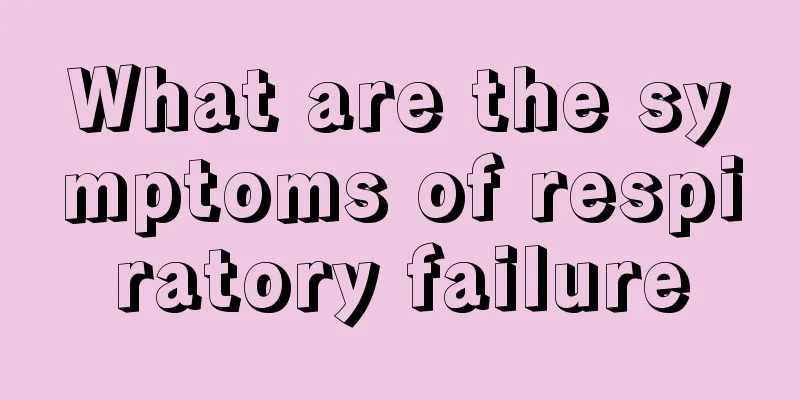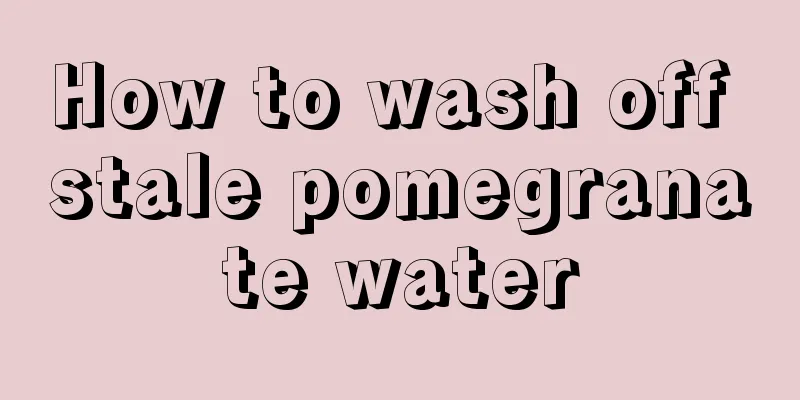What are the symptoms of respiratory failure

|
Respiratory failure can manifest itself in many symptoms, the most common of which are respiratory disorders, impaired consciousness, or conjunctival congestion and edema. Therefore, we must have a scientific understanding of these symptoms and make timely judgments about this disease. 1. Classification (1) Classification by arterial blood gas analysis ① Type I respiratory failure with hypoxia and no CO2 retention, or with decreased CO2 (Type I) is seen in cases of ventilation dysfunction (ventilation/perfusion imbalance, diffusion function impairment and pulmonary arteriovenous shunt). ②Type II respiratory failure is caused by alveolar hypoventilation, resulting in O2 deficiency and CO2 retention. In simple hypoventilation, the degree of O2 deficiency and CO2 retention is parallel. If accompanied by impaired ventilation function, the O2 deficiency will be more serious. The condition can only be corrected by increasing alveolar ventilation and adding oxygen therapy when necessary. (2) Classification by disease course: Disease course can be divided into acute and chronic. Acute respiratory failure refers to the sudden causes of the above five types of causes, which cause severe damage to ventilation or gas exchange function and sudden clinical manifestations of respiratory failure, such as cerebrovascular accident, drug poisoning inhibiting the respiratory center, respiratory muscle paralysis, pulmonary infarction, ARDS, etc. If not rescued in time, it will endanger the patient's life. Chronic respiratory failure is common in chronic respiratory diseases, such as chronic obstructive pulmonary disease, severe pulmonary tuberculosis, etc. The respiratory function damage gradually worsens. Although there is a lack of O2 or accompanied by CO2 retention, the body can still engage in daily activities through compensatory adaptation. 2. Symptoms In addition to the symptoms of the primary disease, the main manifestations are hypoxia and carbon dioxide retention, such as dyspnea, shortness of breath, mental and neurological symptoms, etc. When complicated by pulmonary encephalopathy, gastrointestinal bleeding may also occur. 3. Physical examination findings There may be cyanosis of the lips and nail beds, impaired consciousness, conjunctival congestion, edema, flapping tremor, and optic disc edema. |
<<: What are the common transmission routes of enteric fever
>>: What are the symptoms of amoebiasis
Recommend
Is it okay to take a shower after dinner?
If you take a shower after a meal, it is naturall...
What can a normal blood test rule out?
I believe everyone is familiar with routine blood...
What's a good way to treat a cold and nasal congestion
Most people will experience nasal congestion afte...
Massage for swollen and painful gums to quickly relieve pain
Acupoint massage is also a traditional method of ...
Will renal hamartoma lead to abnormal urine crystals?
Renal hamartoma is a benign tumor caused by abnor...
How to use essence gel
The most obvious function of essence gel is moist...
Symptoms of hyperinsulinemia, the following three points will tell you
Hyperinsulinemia refers to the situation where hi...
What is the best way to remove purple eyes
Boys tend to use force to solve problems, and oft...
What can you eat when you have a cold and what are the beneficial recipes
Cold is a common disease that occurs all year rou...
How to treat insomnia caused by liver depression and yin deficiency?
People with insomnia cannot fall asleep in the mi...
How effective is pepper water in treating palmoplantar pustulosis
Palmoplantar pustulosis is a chronic disease that...
Can hyaluronic acid be used during breastfeeding?
Nowadays, many women inject hyaluronic acid on th...
What is the cause of calf joint pain
In daily life, many friends will experience sympt...
6 super popular sleep aid guides to help you sleep till dawn
Guideline 1: Don’t cover yourself with a heavy qui...
What are the common causes of iron deficiency anemia
There are different types of anemia, and iron def...









